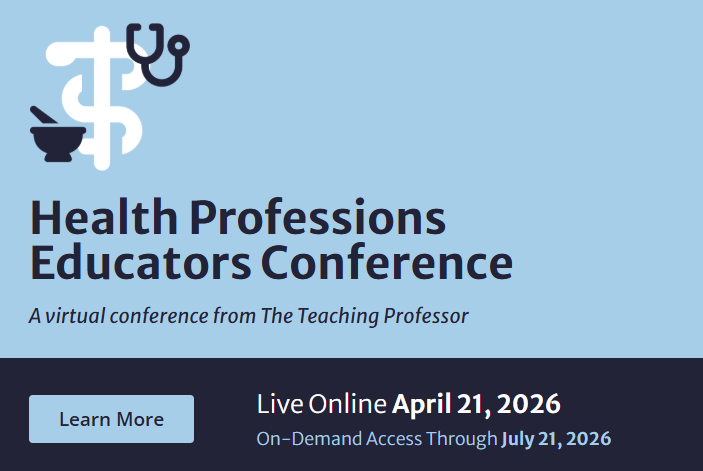Utilizing Action Research in STEM Online Courses to Improve Student Learning Outcomes
Determining the effectiveness of online learning interventions is essential to continuous online course improvement. Action research offers an exciting model for instructors to meet this challenge by enabling them to quickly probe for sensible solutions to pedagogical problems.


